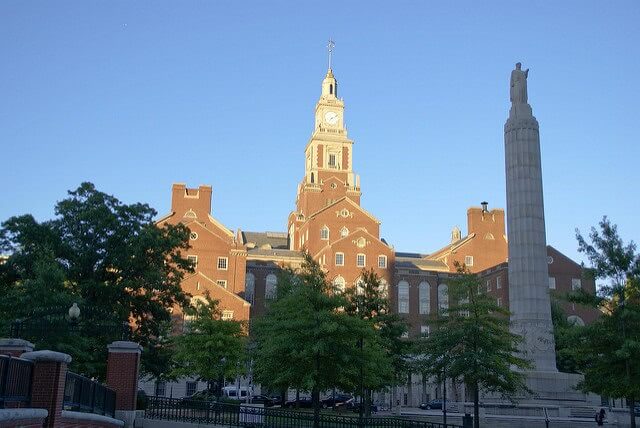Charter and magnet schools have become the focus of much debate in the US this past year. Most people know that both of these are alternatives to traditional public schools or expensive private schools. The problem that many have however is understanding what the differences are between the two. Also, how are they different from traditional schools? Finally, will the local public school be just as good, if not better than charter or magnet schools?
Understanding what charter and magnet schools are, plus the similarities and differences between the two, is essential. This article will explore just that so that parents can make an informed decision.

What are Magnet Schools?
Magnet schools are a type of public school that are established and run by a particular school district or group of districts.
Like public schools, magnet schools are free to attend. They receive local government funding from school boards and local legislation to curtail operating and supply costs. In the same vein as public schools, magnet schools are also accountable to a local school board. They must participate in state-mandated testing.
Although magnet schools are similar to public schools in the way they are operated, there is one major difference between the two. Magnet schools tend to have a curriculum that is more focused on one specific aspect. Math, science, music, and the arts tend to be the main focus of many magnet schools.
There are a number of enrollment methods magnet schools use. Some require exams, interviews, or auditions. Some will accept all applicants, others will hold lotteries to decide which applicants get to attend.
What are Charter Schools?
Charter schools are free for all students to attend. There is some debate, however, on whether a charter school should be classified as a private or state-run school. While they do operate independently of the state-mandated curriculum, they do receive state funding.
They also don’t have to answer to a school board. Charters may not even participate in any state standardized testing. However, the schools must meet the standards outlined in their charter in order to receive funding.
Charter school teachers may or may not be certified at the district or state level. These schools hire teachers who they consider to be experts in their academic fields. Charter schools are relatively new, the first being opened in 1991. Laws governing charter schools do vary from state to state, unlike traditional public schools.
Should You Choose a Magnet or Charter School for Your Child?
There is no one right answer for all families. You must consider what’s best for your child and your personal situation. All three are free to attend, so tuition is not a significant factor to consider.
A magnet school may be the best choice for a child who is interested in STEM subjects or the arts. The curriculum is more flexible in a charter school making this a better choice for a child with more varied interests.
Charter schools are also more numerous and readily available, with more added every year. In fact, there are nearly 7,000 charter schools in the US—compared to 3,400 magnet schools.
Use College Raptor to discover personalized college matches, cost estimates, acceptance odds, and potential financial aid for schools around the US—for FREE!





